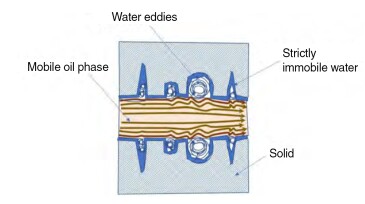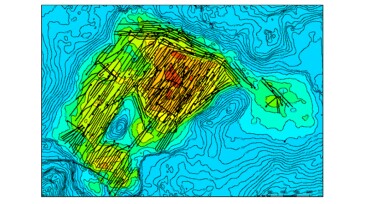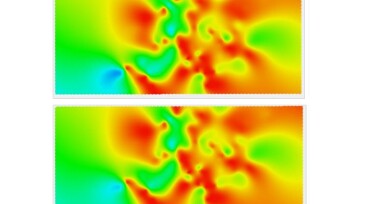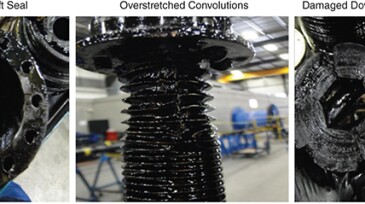heavy oil
-
In this paper, the effect of cold-water injection on pressure transient analysis (PTA) of geothermal reservoirs is studied by varying the temperature of the injected cold water from room temperature to reservoir temperature.
-
The objective of this paper is to present a fundamentals-based model of three-phase flow consistent with observation that avoids the pitfalls of conventional models such as Stone II or Baker’s three-phase permeability models.
-
The authors of this paper develop a robust history-matched reservoir simulation model capable of predicting polymerflooding performance in the first such pilot to enhance heavy oil recovery on Alaska’s North Slope.
-
This paper presents the results of a comprehensive study performed to improve understanding of deep bottom-up water injection, which enabled optimizing the recovery of a heavy oil field in South Oman.
-
This paper presents an automated calibration process, probabilistic infill well ranking, and location optimization for a major heavy oil field in Colombia with original oil in place of more than 5 million STB.
-
The objective of this study is to conduct a comprehensive review of the latest technologies and work flows developed for heavy oil reservoir management.
-
The paper presents successful field tests designed to decrease electrical-submersible-pump cooling rates by inducing controlled deadheads rather than shutting down the pumps.
-
The paper presents results of single-phase and multiphase electrical-submersible-pump tests as well as operation data, lessons learned, and failure examples gathered over 10 years of operation in a highly viscous offshore oilfield.
-
This paper summarizes the integrated technical learnings from the successful application of the installation of autonomous outflow control technology in a new long horizontal injector well.
-
Heavy oils are characterized by high density, high viscosity, and high-heavy-fraction components. Because of high viscosity and lower API gravity than conventional crude oil, primary recovery of some of these crude oil types requires thermal stimulation of the reservoirs.










